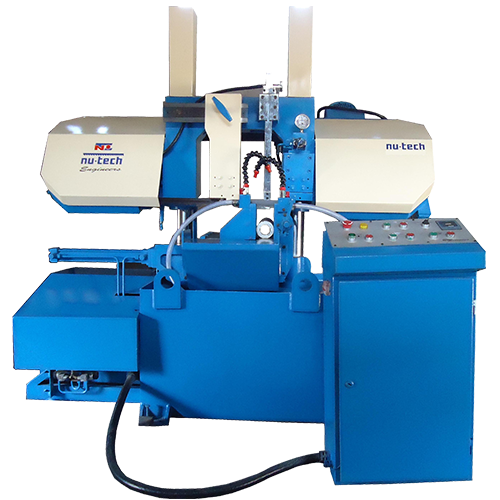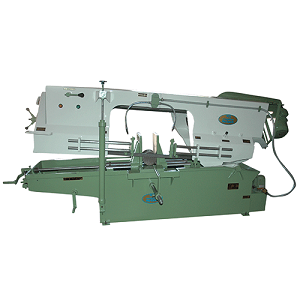Why Do Bandsaw Cutting Rough?
¿necesitaré Un Antivirus En Windows 10?
June 10, 202215 Atalhos Mais Úteis Do VLC Para Windows E Mac
June 13, 2022Why Do Bandsaw Cutting Rough?
Utilizing a dull blade or some unacceptable kind of blade in a bandsaw produces ragged cuts, as does taking care of the workpiece through the cutting region excessively fast. The blade likewise can’t make clean cuts assuming that blade pressure is free.
Move the workpiece gradually through the slicing region to assist the blade with cutting without a hitch. Pushing the workpiece too quick can make the blade turn to bring about cuts with worn-out edges. In the event that you need to push the workpiece with something other than light power to move it through the cutting region, ensure the blade is sharp. Supplant a dull blade since it will create ragged cuts and won’t cut the workpiece proficiently.
Actually, look at blade pressure assuming that worn-out edges show up on slices while moving the workpiece through the cutting region gradually and with light strain. Fix blade strain on the off chance that you can without much of a stretch push the blade in excess of a 1/4-inch utilizing a gloved finger.
Utilizing some unacceptable kind of blade on a workpiece can cause ragged cuts, so utilize the right kind of blade for the workpiece you’re cutting. For instance, utilizing a 6 TPI (Teeth Per Inch) saw blade to cut flimsy pressed wood facade will regularly bring about cuts with ragged edges. Utilize a slight kerf blade with something like 60 TPI to cut the dainty pressed wood facade neatly.
Read more about Are Bandsaw Blades Worth Sharpening?


